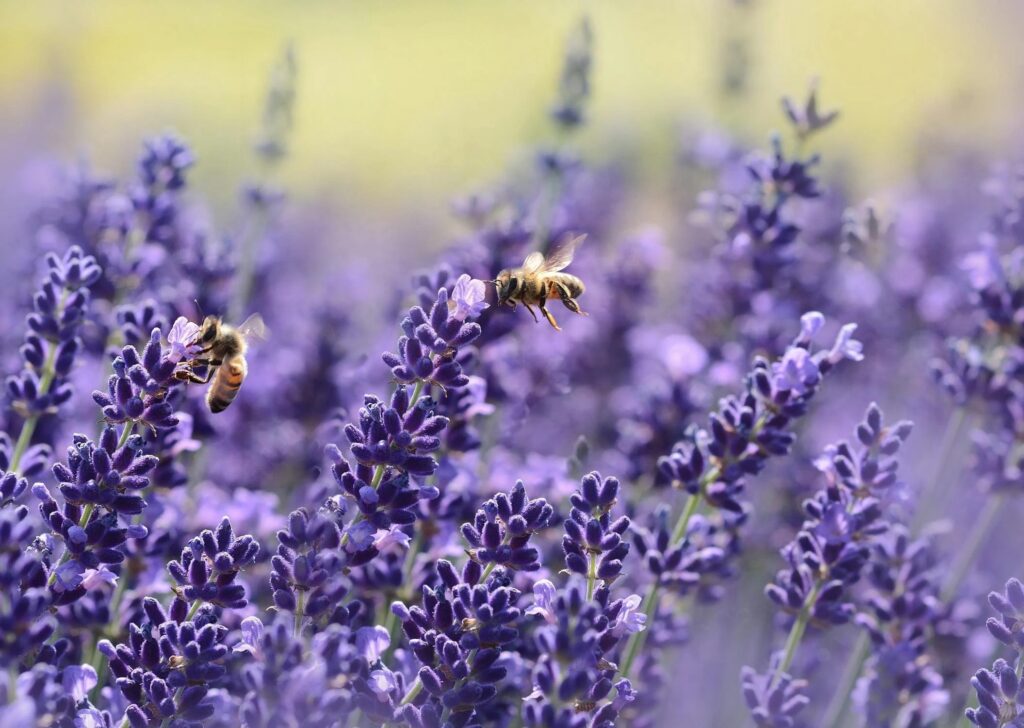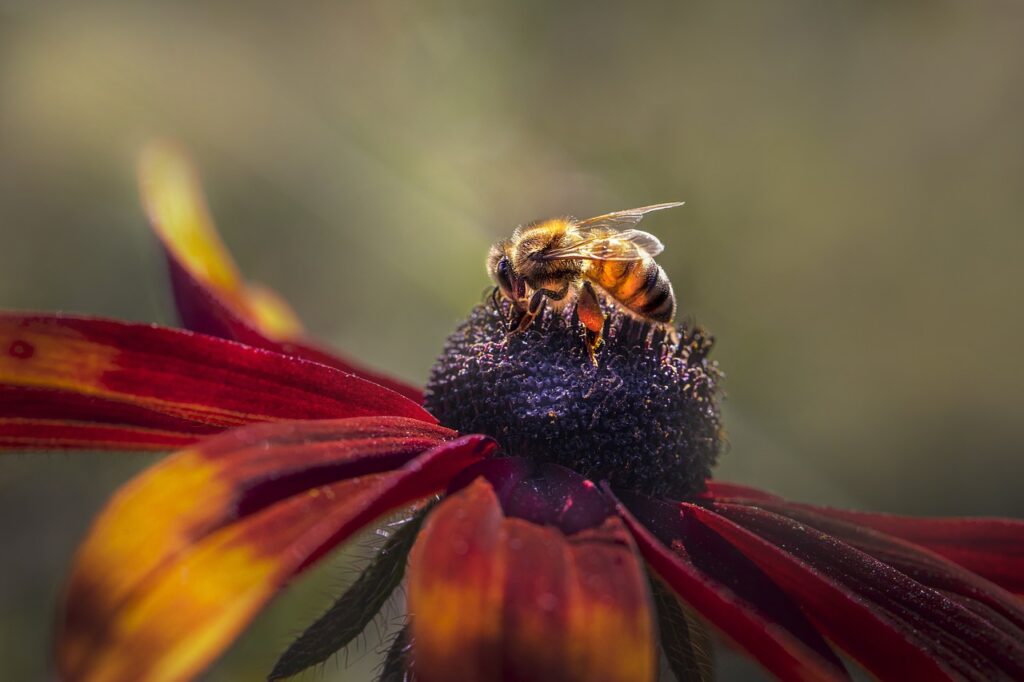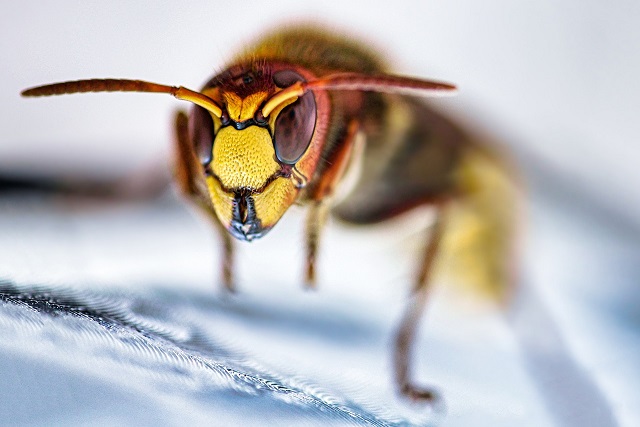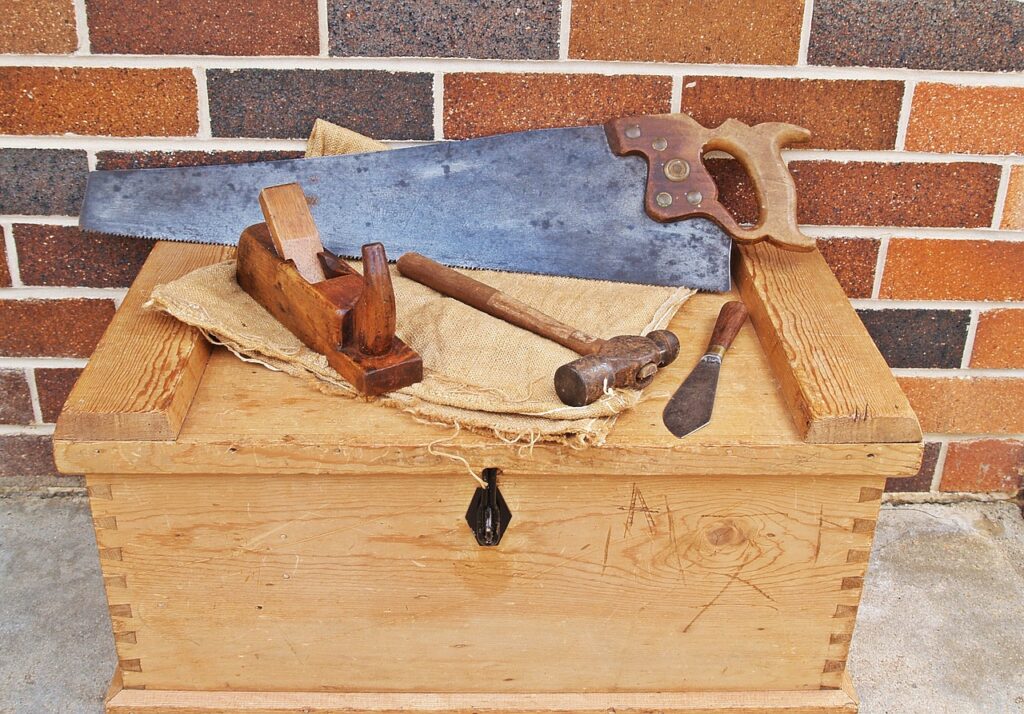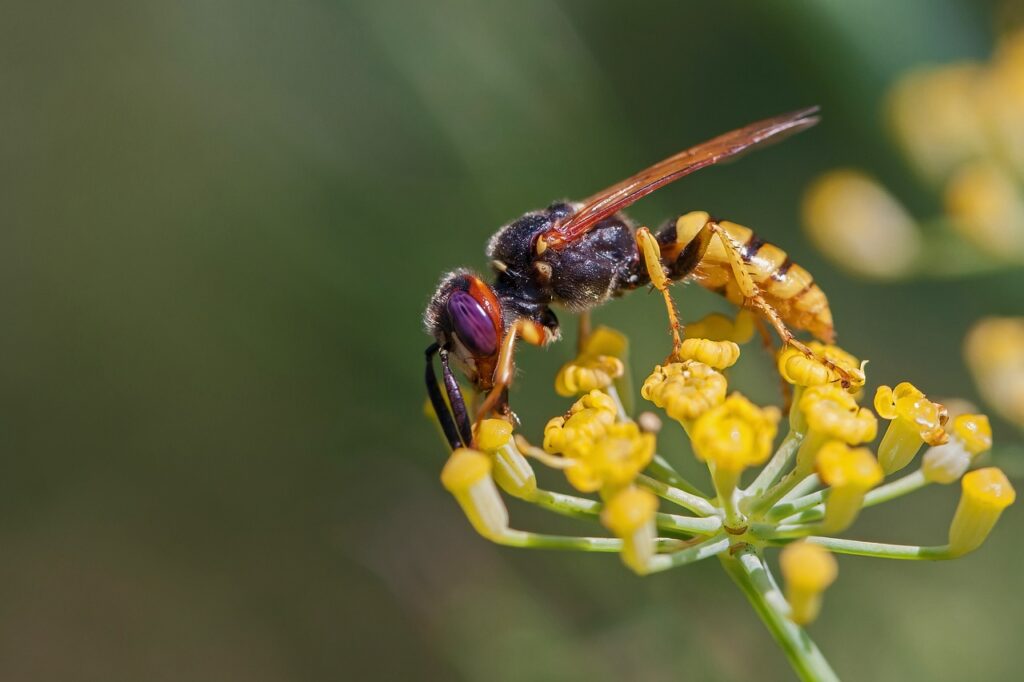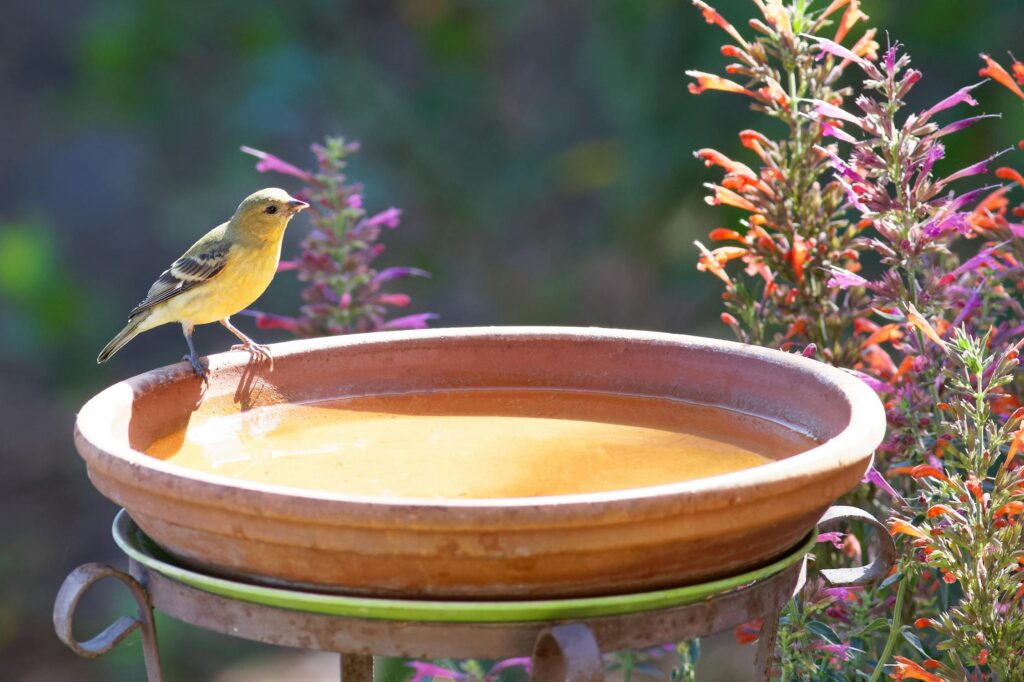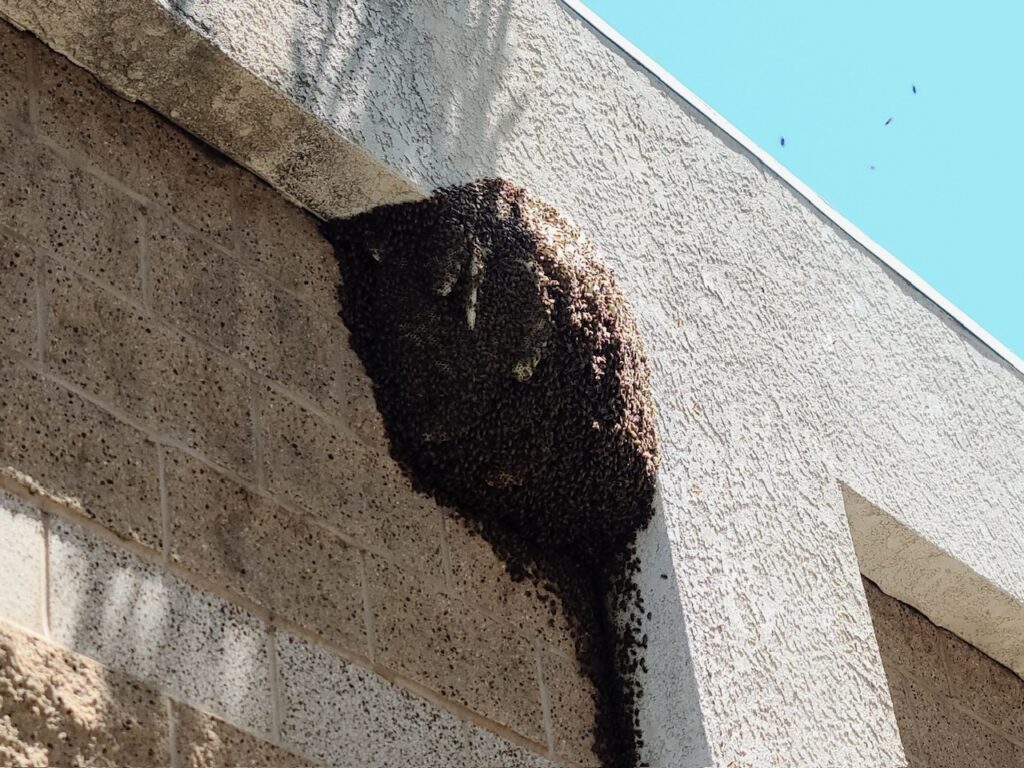Bee News
Commercial Honey Yield vs. Wild Honey Bee Yield



When it comes to honey production, there are distinct differences between the yields of commercial honey bee operations and wild honey bee colonies. In this blog, we’ll delve into the factors that determine honey yield in both settings, highlighting how the size of the bee swarm plays a crucial role in the amount of honey produced. We’ll also discuss the importance of purchasing bees from a reliable source for optimal honey production and hive health.
Commercial honey bee operations are known for their high honey yields, thanks to the large and well-managed bee swarms that they maintain. These operations often consist of thousands of bees living in hives specially designed for honey production. The sheer number of bees in these colonies allows for efficient foraging and honey-making, resulting in a significant honey yield.
On the other hand, wild honey bee colonies, or feral bees, typically have smaller swarm sizes compared to commercial operations. These colonies can be found in natural settings such as tree hollows, rock crevices, or other sheltered locations. While wild honey bees play a crucial role in pollination and ecosystem health, their honey yield is typically lower than that of commercial operations due to their smaller swarm size and lack of human intervention.
The size of the bee swarm is a key factor in determining honey yield. Larger bee swarms have more foragers collecting nectar and pollen, more bees to care for the brood and hive, and generally more resources to produce honey efficiently. This results in a higher honey yield compared to smaller swarms, where resources may be limited, and foraging efforts may not be as coordinated.
When it comes to starting a beekeeping venture or expanding an existing operation, purchasing bees from a reliable source is crucial for success. Reliable sources ensure that the bees are healthy, disease-free, and well-suited for honey production. By investing in bees from a reputable supplier, beekeepers can increase their chances of achieving a higher honey yield and maintaining a thriving hive.
Reliable bee sources also provide valuable support and guidance to beekeepers, offering expertise on hive management, disease prevention, and honey production techniques. This can be especially beneficial for beginners in the beekeeping world, helping them navigate the intricacies of beekeeping and maximize their honey yield potential.
The comparison between commercial honey bee operations and wild honey bee colonies highlights the importance of swarm size in honey production. Larger swarms typically yield more honey due to their increased foraging capacity and resources. Additionally, purchasing bees from a reliable source is essential for beekeepers looking to maximize their honey yield and maintain healthy hives.
Whether you’re a seasoned beekeeper or a novice looking to start your beekeeping journey, remember the impact of swarm size on honey yield and the benefits of sourcing bees from a trusted supplier. By making informed decisions and implementing best practices in hive management, you can enjoy the sweet rewards of a successful honey production operation.








